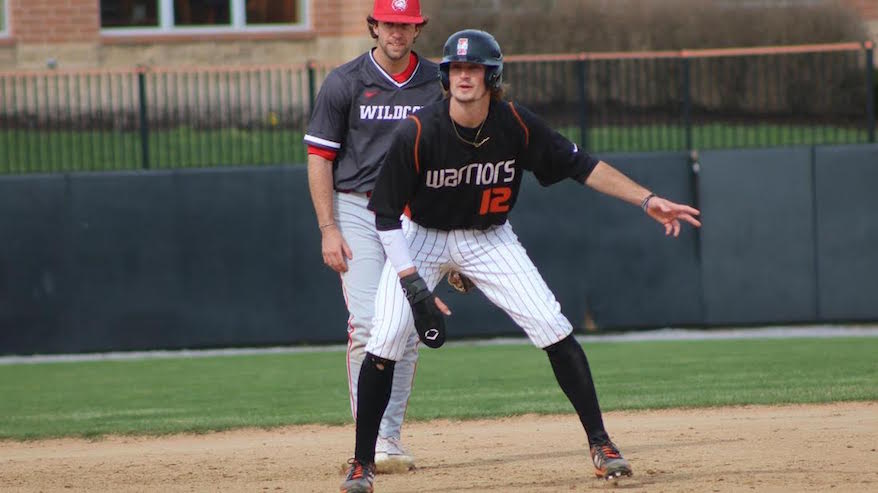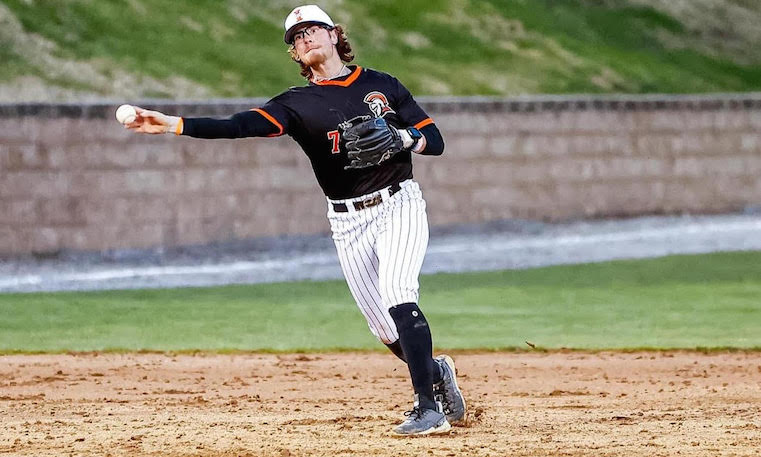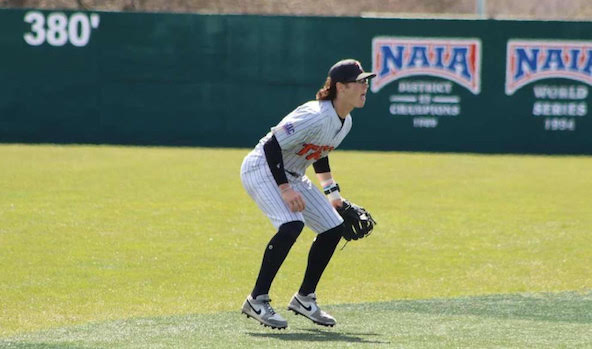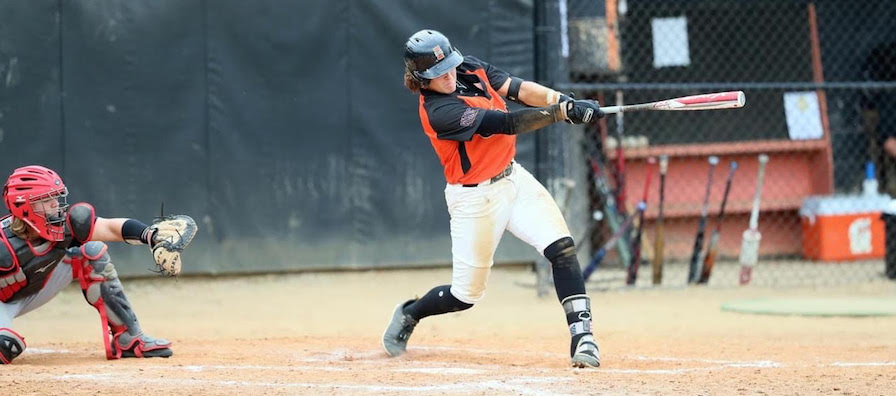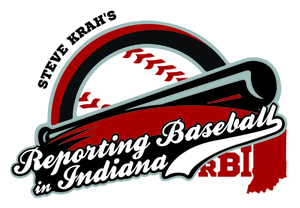
BY STEVE KRAH
A scholastic era is nearing an end.
South Bend Community Schools’ last day for students is to be May 31 and with it will be the last-ever classroom day for Clay High School, which the school board voted in April 2023 to close at the end of 2023-24. The school was established in 1939.
The curtain is also coming down on the storied history of Colonials baseball, the one with more than 1,000 all-time wins, 12 sectional titles, four regional crowns, one semistate trophy and one state championship.
Clay, where Al Hartman in athletic director, has a handful of regular-season games remaining with the Jim Reinebold Classic May 18 leading into the IHSAA Class 3A sectional at Mishawaka Marian. The Colonials drew the host Knights in the first game on May 22.
Clay was to be host, but because of the situation the sectional was moved to Marian though Clay is to host regional games on June 1.
Joel Reinebold, the fourth of Hall of Famer Jim and wife Evelyn Reinebold’s five children, played for his father, coached with him and witnessed the Colonials moving from Clay Park to what became Jim Reinebold Field. The baseball sleeve that hangs on the fence during games dates back to that era.
Joel has been Clay’s head coach since 2014.
“It’ll be hard to take that uniform off for the last time whenever that is,” says Reinebold, a 1979 Clay graduate. “I grew up in that program. I spent so many hours in the stands and the dugout.
“I was there for the good games and the tough losses. There’s a lot of emotional attachment.”
That there would be a 2024 season at all was an uncertainty. The Colonials eventually did take the field for a limited schedule. At this writing, the team is 3-3.
“We had no business trying to compete in the (Northern Indiana Conference,” says Reinebold. “Three of our guys have played very little baseball before.
“We’re trying to save the dignity of the program and gain the confidence of the kids.”
Day-to-day, Clay has been coached by Reinebold and Tony Cruz. Dan Kasper and Nate Meadimber have also helped at times with a group that has peaked at 14 — seniors Jeremy Cleveland, Noah Fernandez and Tommy Sconiers, juniors Dominic Damp, Nolan Dool, Jose Duque, Tyler Gibson, Misael Gonzalez, Cole Hunt, Carson Meadimber, Yazael Sarmiento and Liam Wolf and freshmen Jean Barnes and Noah Camarillo. “There’s not a lot of kids playing in a lot of programs,” says Reinebold. “It hits you and there’s nothing you can do about it.”
The coach says some of his non-seniors are planning to attend John Adams or Riley next year and a couple are moving out of town.
“It’s very hard to play under those conditions and coach under those conditions,” says Reinebold.
The field has been home in recent summers to travel ball tournaments and the South Bend American Legion Post 151 and the plan is for that Cruz-led team to play there again this year.
What happens after that is not yet known.
“I’ll maintain it like I always do until I hear otherwise,” says Reinebold. “It’s certainly too nice of a field to go to waste.”
For 25 years, Reinebold was the head groundskeeper at what is now Four Winds Field in South Bend. He has built or renovated at least 30 diamonds from scratch and has helped with countless others.
Reinebold, who turns 64 in August, is sorting out his own future.
“I know I still want to coach,” says Reinebold, who recently began a day job with Holladay Properties in South Bend. “I’ve had some offers, but I haven’t decided on anything yet.
“I know I still enjoy practice. I probably enjoy practice as much as the game. I enjoy being around the kids. The kids I have this year are super. They give everything they’ve got.”
Before coming back to Clay, Reinebold was head coach at Bremen High School for two seasons and six at Adams. He would prefer to be a head coach at his next stop.
Jamaica is a place Reinebold has visited multiple times and some of those has been with non-profit organization Rounding Third, donating baseball equipment and teaching the game to youngsters on “The Rock.” He’s even gone to Curacao.
He is planning a return to Jamaica in November for a vacation/baseball visit.
“I’ve got all kinds of baseballs and gloves to go down there,” says Reinebold. “I can’t take helmets and bats.”
In most years for the last 30, the Jim Reinebold Fall Baseball Camp and Instructional League has been a staple in South Bend.
“Right now camp is up in the air,” says Reinebold. “We canceled it last year because I had heart issues. I was thinking about tinkering with it and changing it up a little bit.”
Jim Reinebold, who helped found the Indiana High School Baseball Coaches Association and coached many years in professional baseball with the South Bend White Sox/Silver Hawks after leaving the Purple & Gold at the end of the 1988 season, started the camp with some top-notch coaches to do the instruction.
Many of those coaches have retired or moved on. The challenge is to find young coaches who will give of their time and talent.
Clay High School (enrollment around 550), which is the Fine Arts school in the SBCSC magnet program, is on Darden Road on the north side of South Bend. Jim Reinebold Field is a few blocks away on Lily Road.











